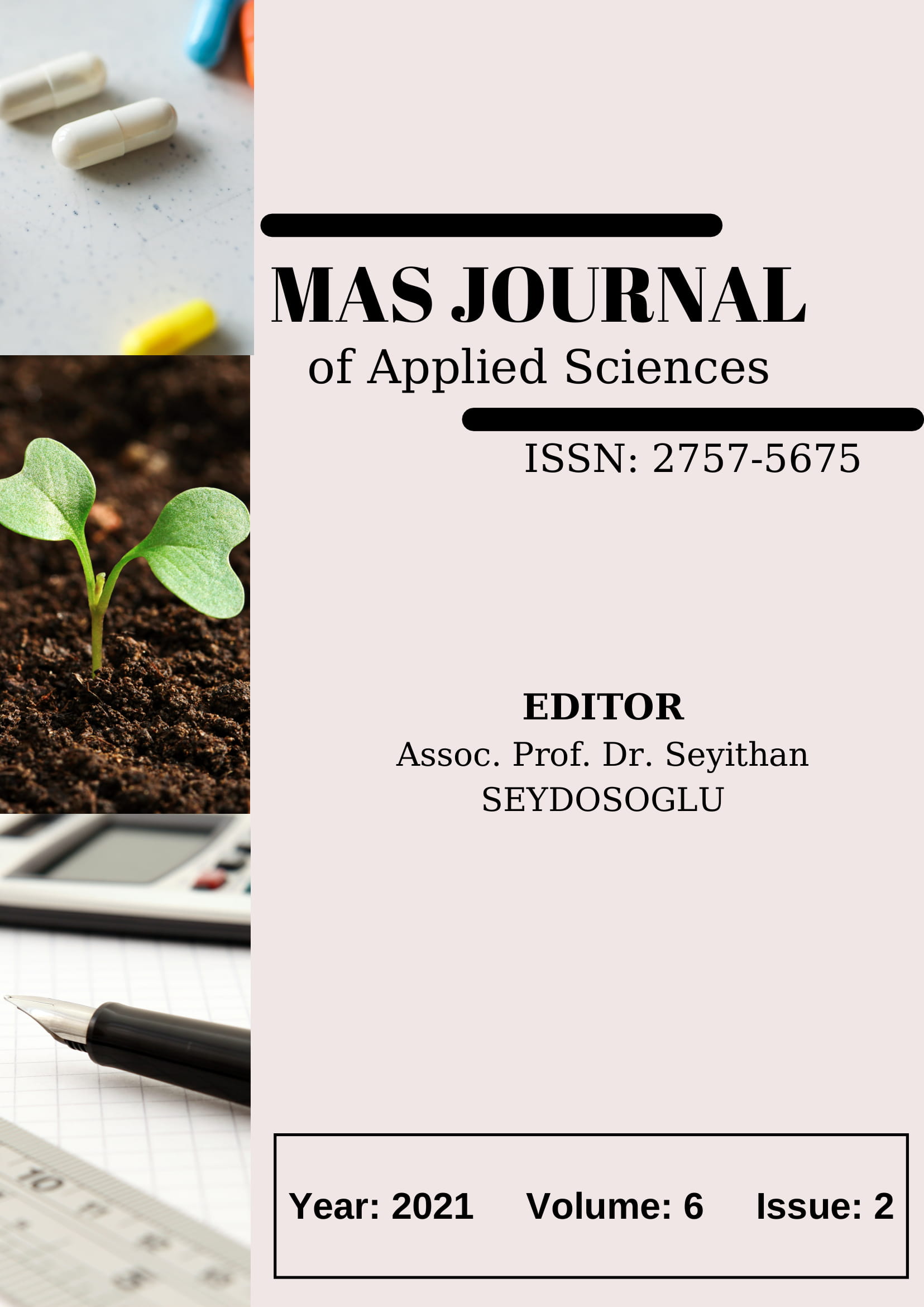Determination of Nutrition Status of Quince (Cydonia oblonga MILL.) Gardens By Leaf Analysis in Geyve District, Sakarya
DOI:
https://doi.org/10.52520/masjaps.34Keywords:
Sakarya Province, Geyve district, Quince (Cydonia oblonga Mill.)), Nutrient element, Leaf analysisAbstract
This research was carried out in order to determine the nutritional status of quince gardens in villages where Eşme variety quince (Cydonia oblonga Mill.) Is grown in Sakarya province, Geyve district. Nitrogen (N), phosphorus (P), potassium (K), calcium (Ca), magnesium (Mg), iron in leaf samples taken from 34 quince gardens in 13 villages where Eşme variety is intensively cultivated, 8-12 weeks after the full flowering period. (Fe), Copper (Cu), zinc (Zn) and manganese (Mn) concentrations were determined. Since there are no limit values determined for evaluating the results of herbal analysis related to quince in the literature, the values determined for pear (Pyrus communis) and apple (Malus domestica), which are from the same family with the quince (Rosaceae), were taken as reference. The reason for using the reference values determined for pear in the literature; It is the use of quince rootstocks for dwarfing the pear plant. N 9% deficiency, 91% sufficient in leaf samples taken from quince gardens in the research area; P 100% is sufficient; K 6% deficient, 85% sufficient, 9% high; Ca 18% sufficient, 82% high; Mg 69% sufficient, 31% high; Fe 97% sufficient, 3% high; Mn 23% deficient, 74% adequate, 3% high; Zn 50% deficient, 47% sufficient, 3% high; Plant nutrient levels were determined as 100% higher than Cu. Correlation analysis of the amount of plant nutrients determined as a result of the research was found statistically significant [(P?0,050), (P? = 0,01)].
Downloads
Published
How to Cite
Issue
Section
License
Copyright (c) 2021 The copyright of the published article belongs to its author.

This work is licensed under a Creative Commons Attribution-NonCommercial 4.0 International License.


